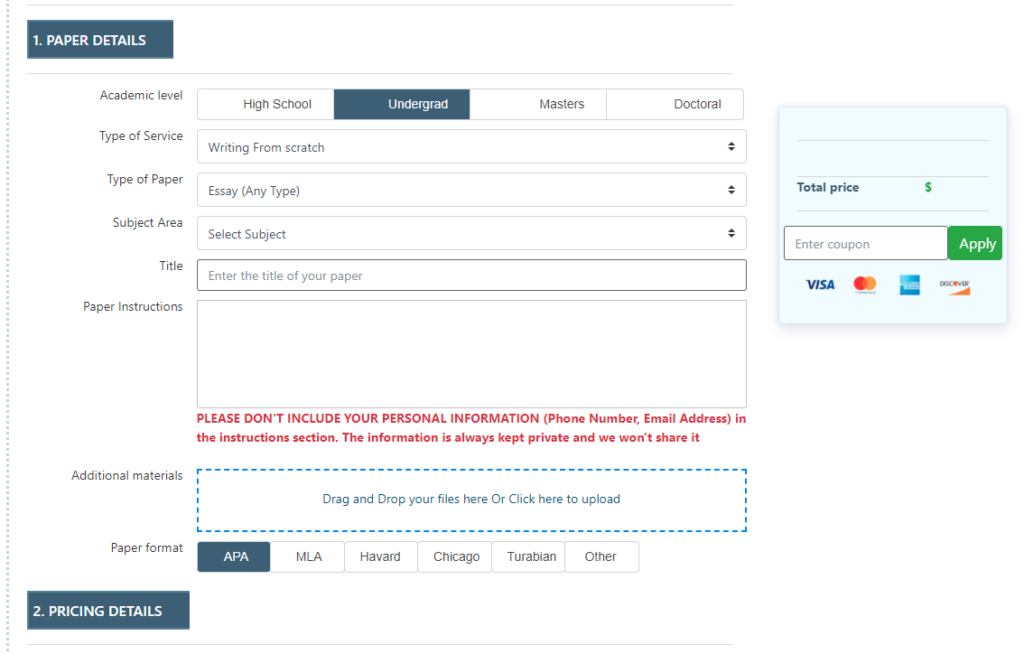A strange species of worm has a simple nervous system that regulates turning to the right or the left. Each side of the worm has one neuron which stimulates turning. A neuron that uses the neurotransmitter dopamine is on the left side of the worm, and activity of this neuron causes the worm to turn to the left. A neuron that uses the neurotransmitter enkephalin is on the right side of the worm, and activity of this neuron causes the worm to turn to the right. When the neurons on each side are equally active, the worm moves straight ahead, and velocity is proportional to the amount of neuron activity. When the neuron on one side is more active than the one on the other side, then the worm turns to the side with the most neuronal activity. Before receiving drugs, the worm is traveling straight ahead at a moderate rate of speed, which means that the neurons on both sides are signaling at moderate, equal rates.
1. Which way does the worm turn after taking morphine?
a. to the left
b. to the right
c. continues straight ahead
2. If the worm has been taking a moderate dose of morphine twice a day every day for the last month, does it turn more or less or the same after taking a moderate dose of morphine
a. more
b. same
c. less
3. If the worm has been taking a moderate dose of fentanyl twice a day every day for the last month, does it turn more or less or the same after taking a moderate dose of morphine as compared to a worm that is taking that same amount of morphine for the first time?
a. more
b. same
c. less
4. If the worm has been taking a moderate dose of aspirin twice a day every day for the last month, does it turn more or less or the same after taking a moderate dose of morphine as compared to a worm that is taking that same amount of morphine for the first time?
a. more
b. same
c. less








